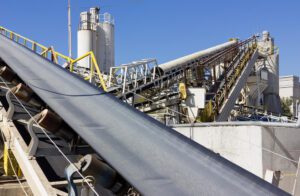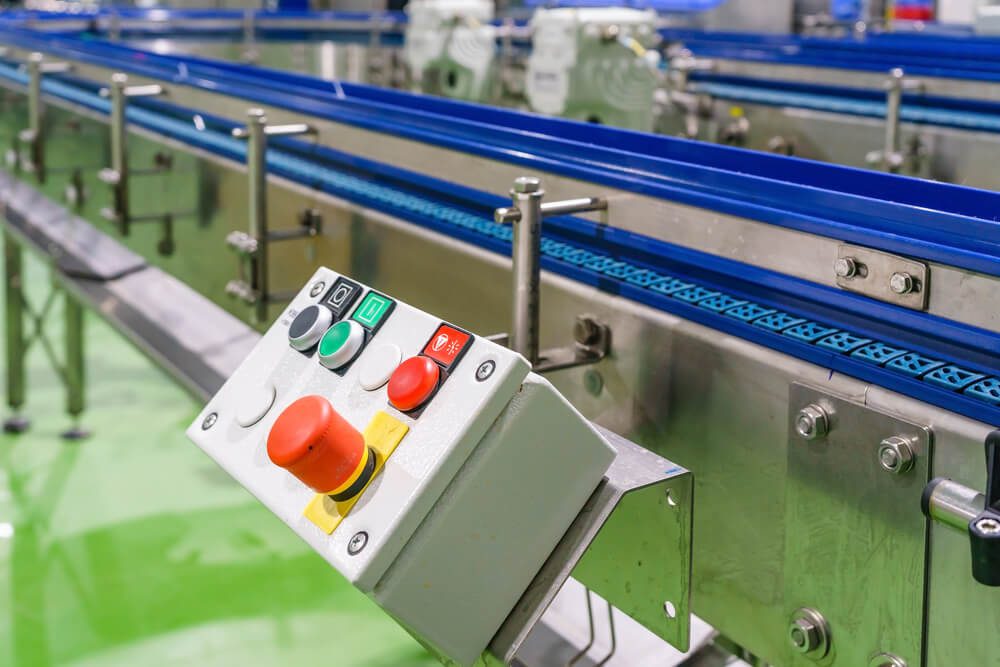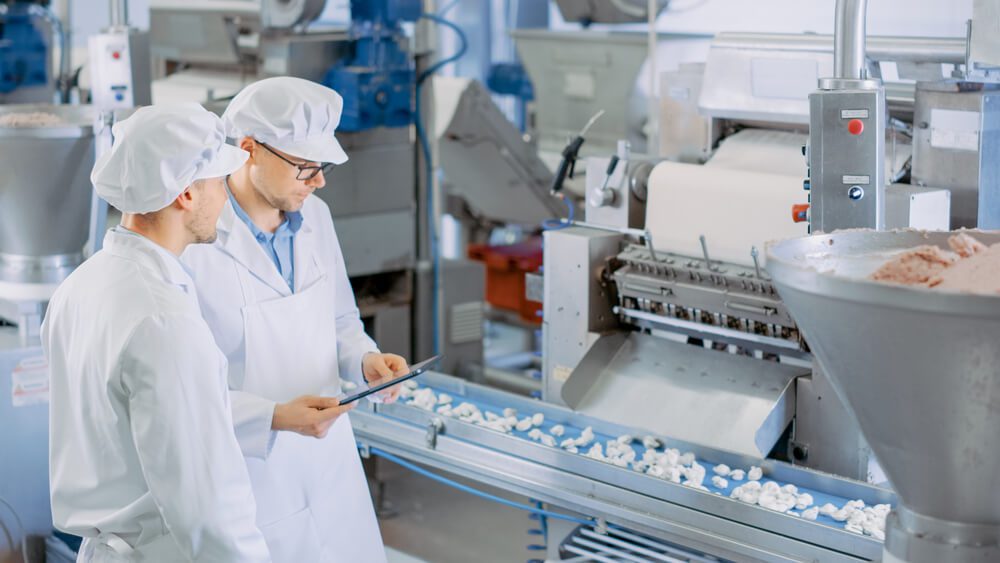Despite the lower number of total workers, the receipts for manufacturing work in the United States have steadily grown for a decade. With more goods requiring dedicated facilities to make them, the demand for machinery needed to transport materials in these facilities has increased.
One of the critical parts of material transportation is the pan conveyor. Let’s look at how a pan conveyor works and why these conveyors are so popular.
What Are Pan Conveyors?
A pan conveyor is a piece of heavy machinery designed to bring materials from one place to another, automatically. Most conveyors transport items gently and slowly to ensure that the materials are not disturbed or damaged while moving on it.
These conveyors use a series of troughs where the materials sit during transport. Another series of sprockets turn a chain belt that feeds the troughs in one direction. At the end of the belt, the materials fall out of the conveyor as the trough tips over the end of the belt, before returning to the start all over again. If you think your business might need to install a pan conveyor, contact a sales representative to ask their expert advice.
The Different Types of Pan Conveyors
Not all pan conveyors are the same, and as manufacturing in the US has become more popular, material handling engineers have created several types of pan conveyors over time to handle multiple tasks and distances in manufacturing. Here are some examples of these different types:
Deep-Drawn Pan Conveyors
These conveyors use a single, large trough to transport material continuously over distances of about 75 meters. These conveyors are simple to construct and maintain and work well for many distances.
Pivoting Pan Conveyors
The pans in these conveyors can pivot along an axel when they reach certain parts of the chain belt, helping to transport the cargo at different points along the belt or maneuver in tighter spaces.
Reversible Deep-Drawn Pan Conveyors
These conveyors work like standard deep-drawn pan models, but they can reverse the chain belt’s motion to allow for conveyance in multiple directions.
Silo Discharge Pan Conveyors
This conveyor type allows materials to deposit slowly for materials with low dust emissions based on how much build up there is in the pan over time.
At Lindberg Process Equipment, we represent the best and most reputable manufacturers in the industry, so you can rest assured that whichever pan conveyor you choose for your business will be of high quality.
Where Are Pan Conveyors Used?
Most people think of heavy machinery as a specialized piece of equipment designed for a specific industry. However, this is not the case with pan conveyors.
Pan conveyors help transport materials in many industry sectors, including manufacturing, processing, and energy production.
For example, coal and mineral processing facilities use pan conveyors to bring the excavated coal and minerals through a semi-automated facility created to refine the materials by removing any impurities.
Metallurgy also uses pan conveyors to bring raw ore into the facility for smelting. Here, the pan conveyors drop set amounts of metal into a smelting chamber before halting their transport while the ore melts down.
Additionally, manufacturing plants often use pan conveyors to transport finished products in the form of a powder or granule. Cement and fertilizer plants are among the top users of pan conveyors since these products don’t create much dust and are easy to separate into preset pan sizes.
Benefits of Using Pan Conveyors
There are many manufacturing and processing sectors that use pan conveyors because the machines are versatile. Here are the main benefits of using a pan conveyor in your plant:
- Adaptability: Pan conveyors work well in many different types of industries because they help automate the movement of many different types of material.
- Capacity: Pan conveyors can carry up a lot of material at once, weighing up to a ton, making them great for transporting large amounts of raw materials or finished products.
- Customization: There are different accessories for the conveyor that can alter the type of material the pans can handle, further increasing the ways the conveyor can adapt to your systems.
- Flexibility: The chain belt of the pan conveyor can move in many different directions, allowing plant designers to customize these conveyors to their business’s layout.
- Integrations: Pan conveyors can take the place of standard conveyor belts, allowing a pan conveyor to bring material through processing and drying stations in your plant.
If you are thinking about buying a pan conveyor for your manufacturing business, our team at Lindberg Process Equipment can help you find the right one for your needs.
Install a Pan Conveyor Today
Pan conveyors are handy pieces of heavy machinery meant to help facilities transport low-dust solids around the facility. Their adaptability, large capacity, and customization options make pan conveyors a top choice for many processing and manufacturing sectors.
If you need a pan conveyor, contact us today to see what we can do to provide the machinery for your business. We are partnered with Aumund, which ensures that we will find a pan conveyor that suits you. Contact Lindberg Process Equipment today to speak with one of our experts about installing a pan conveyor in your facility.





